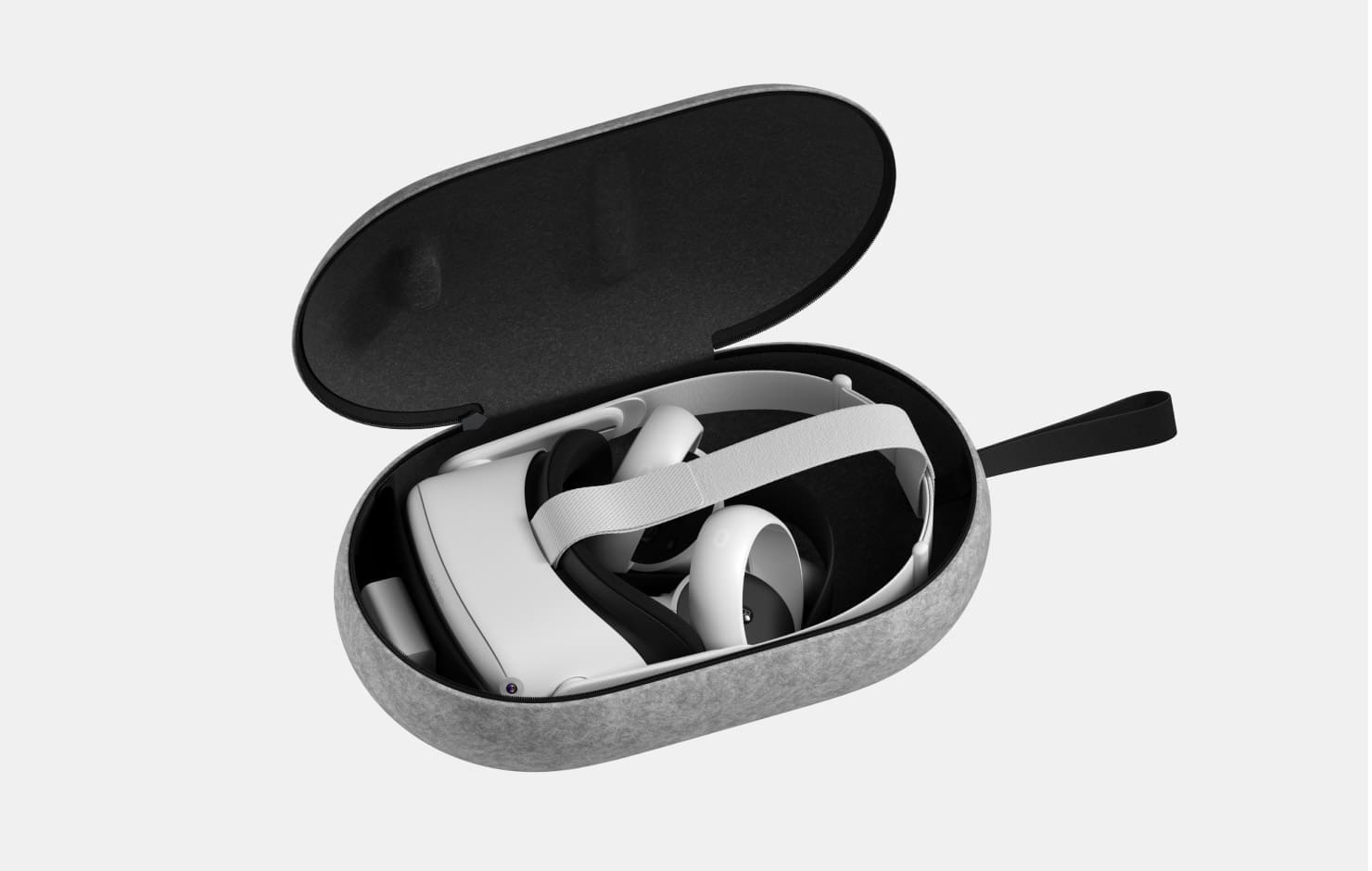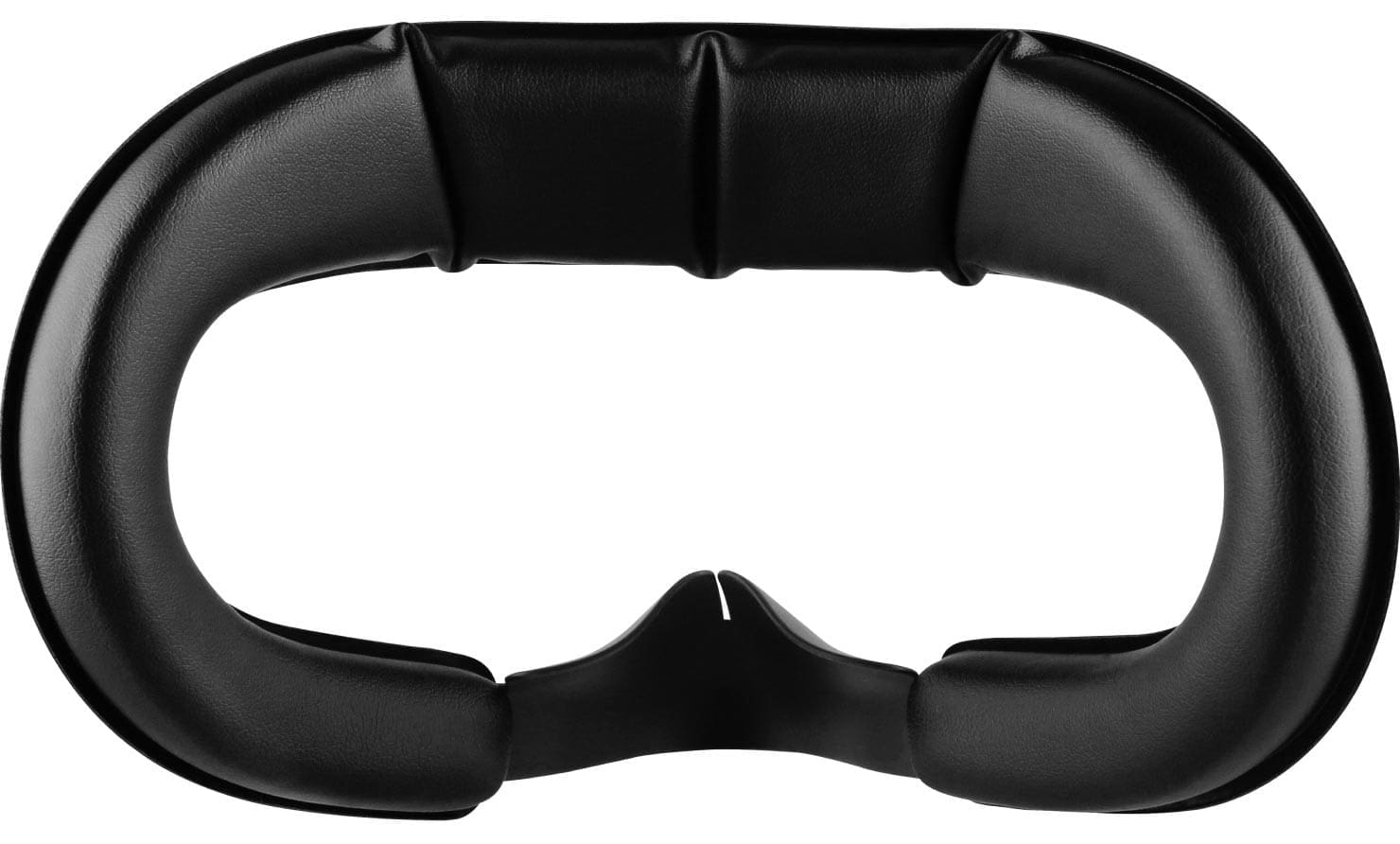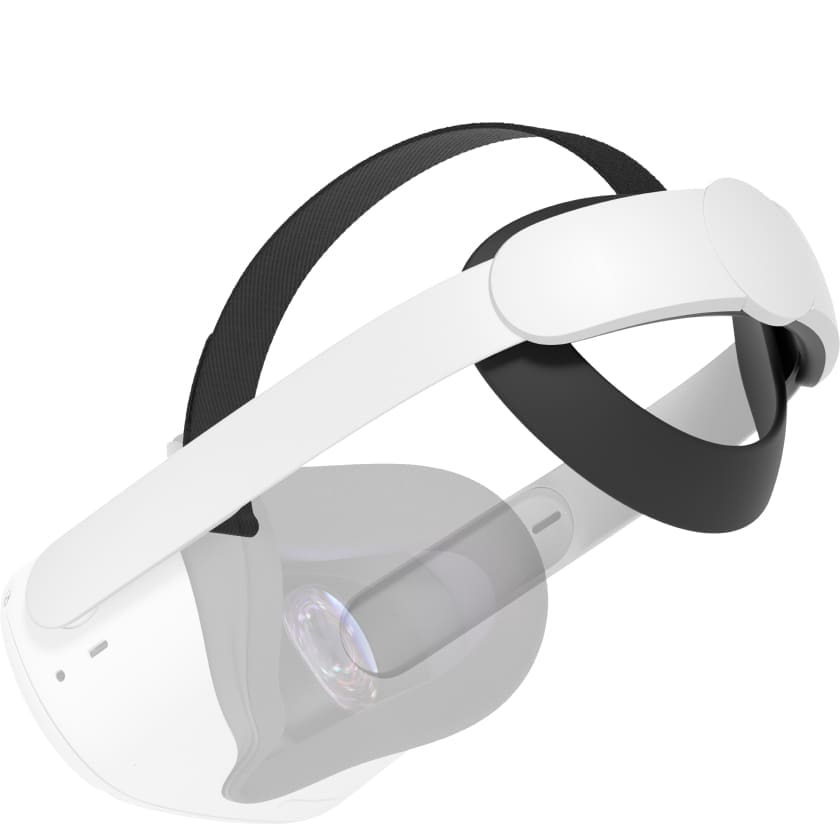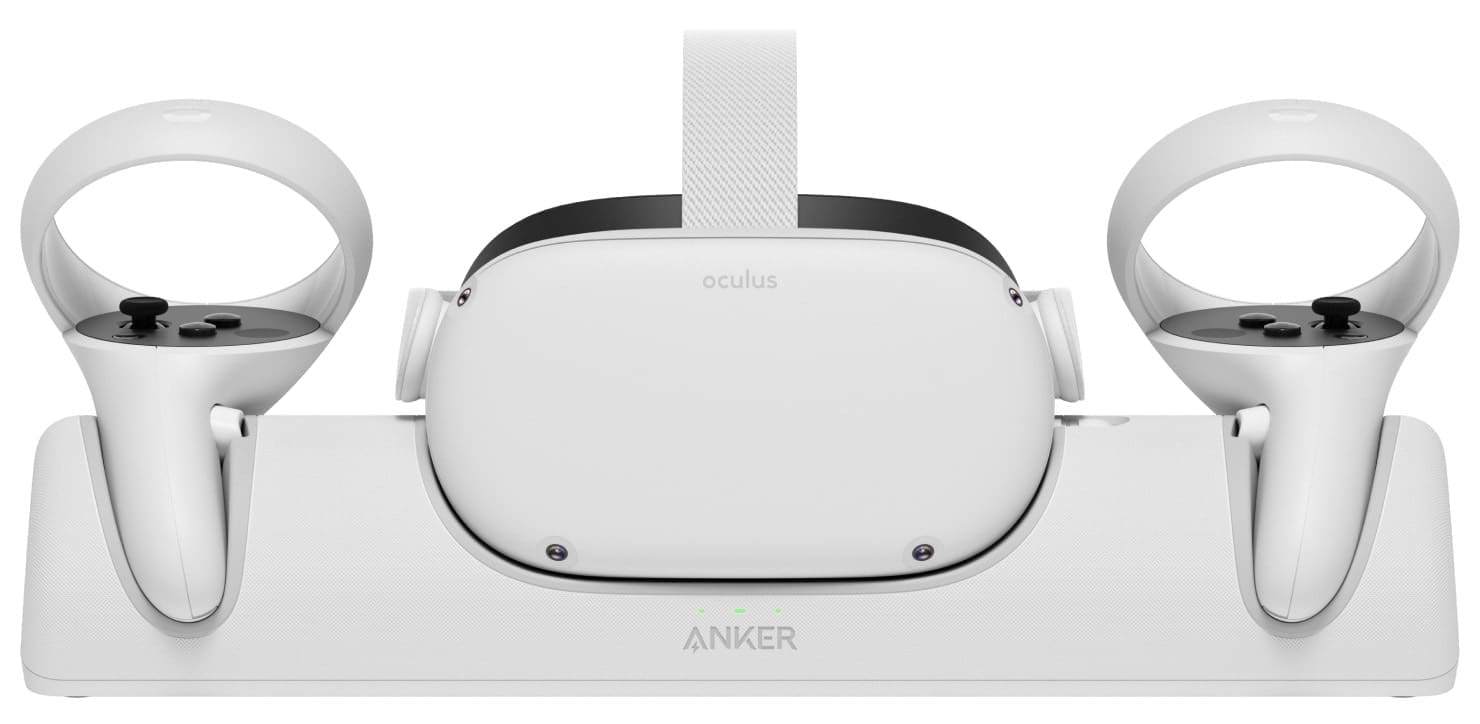8 Essential Accessories To Get The Most Out Of Your Quest 2
So you’ve finally made the plunge into VR with your Quest 2. Maybe it’s your first time, maybe you’re upgrading up from the Gen 1 tech and are having your mind blown at how far we’ve come in terms of resolution and framerate. There’s no two ways about it, the Quest 2 has become the market leader in the VR space. Personally it’s become my main VR headset after my WMR bricked it because apparently Windows decided to make it incompatible with my fresh install of Windows Pro N. But enough with the personal grievances, let’s take a look at the essential additions you should seriously consider buying for your baby.
1. Quest 2 Carry Case

Unless you find a permanent home on a shelf somewhere, your Quest 2 is going to spend plenty of downtime knocking about in a draw or worse yet, on the floor. If you’re taking it to your friends for a laugh, you’re also going to need something to put it in. We recommend getting the official carry case. Personally, I reckon this should come with the base unit, but I am a spoiled brat that expects everything on a silver platter.
2. Haptic Suit

Bhaptics offers a range of suits that are compatible with select Oculus games, with both native pairing and Wired Audio-based Haptics. The Tactsuit X40 will run you US$499 and comes with 40 haptic points, around 18 hours of battery life and weighs 1.7kg. There’s a cheaper option for US$299 with just 16 haptic points but if you’re gonna go buying haptic suits, don’t half arse it.
3. VR Cover Facial & Foam replacement Set

After a decent amount of time sweating it out inside Pistol Whip or Beat Saber, you’re gonna start seriously considering getting a new piece of padding for your Quest. These sets provide far more padding than the base unit, so it can feel like quite a luxurious addition for someone looking to spend extended periods of time in VR.
4. Quest 2 Elite Strap

The elite strap adds an extra level of support to your headset and comes with a built-in battery that doubles your potential play time. It adds a bit of weight to the back of your head, but balances out how front heavy the headset already is.
5. Anker Charging Dock

Anker are pros when it comes to their charging gear, and their custom charging dock for the Quest 2 is no exception. A magnetic cradle gives your Quest a worthy home between sessions and keeps it topped up so you’re never blindsided by low batteries right when you’ve carved out some time to game or hang out in VRchat.
6. Prescription Lenses

Personally, my glasses have always been comfortably snug in the Quest 2, but if you want to streamline the process, you can order your exact specifications from the VR Optician. Of course, this will really mess up anyone who ever borrows your headset, but let’s not give up your comfort just so your friend can spend 10 minutes trying to stab a zombie with a screwdriver in Walking Dead: Saints & Sinners.
7. Vive Trackers & Base Station
If you go far enough down the VR rabbit hole, you’re going to start to want to do full body tracking. The further you can project yourself into VR accurately the better. The best way to do this is by grabbing a bunch of Vive Trackers and base stations and frankensteining an unholy collection of OpenVR software together. This is for the true enthusiasts only and shouldn’t be attempted by scrubs.
For a full rundown, we recommend this video and Thrillseeker in general. He’s a great Youtuber and VR enthusiast who’s got thousands of hours of experience in VR.
8. Oculus Link Cable
The only official way to tether your Quest 2 up to the PC and take advantage of the extended library of games is with the Oculus Link Cable. It’s a super quick fibre optic USB-C cable that gives you 16 feet of length, which should be more than enough to get out of punching range of any desks or monitors.

